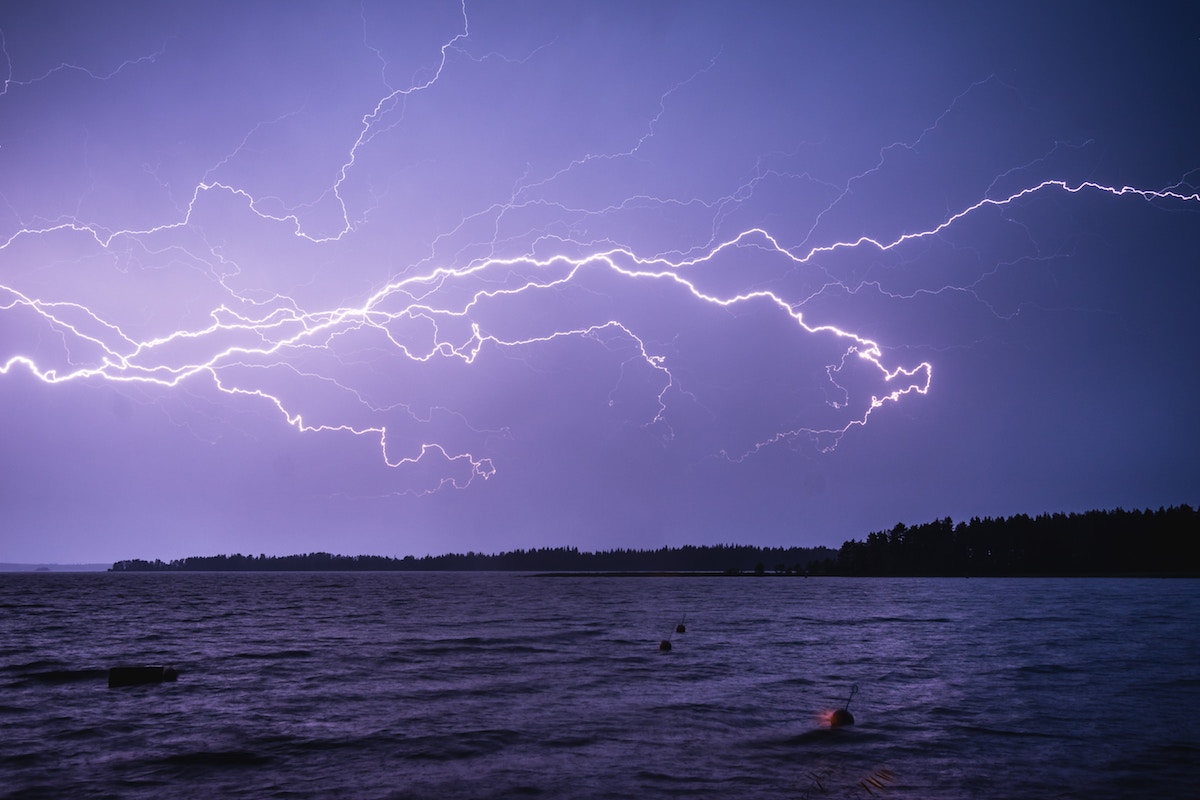Waterspouts: What to Do If You Spot a Spout

When a tornado is on its way, most have the common sense to get out of its way or seek shelter. Unlike hurricanes, the warning period before a tornado strikes is minutes instead of days, leaving people little time to prep and reach safety. As boaters, as much as we fear the wrath of hurricanes, waterspouts, much more akin to quickly-developing tornadoes, are another natural threat that every boater should know about.
What You Need to Know About Waterspouts
- Not Quite Tornadoes: Though they may look similar, waterspouts form over water and are usually less intense than tornadoes. That being said, waterspouts can make landfall and develop into tornadoes.
- Two Types: There are two distinct varieties of waterspouts: fair-weather and tornadic. Fair-weather waterspouts are more common than the tornadic variety and far less powerful. As you may assume, fair-weather waterspouts can form without intense storms powering them.
Tornadic waterspouts, however, can contain winds up to 100mph, making them as strong as an EF1 tornado. These are formed when warm waters meet cooler air and form a vortex.
- Safety Suggestions: As we said before, waterspouts are pretty unpredictable, but that doesn’t mean there aren’t warning signs. Keep your radio tuned to NOAA Weather Radio and keep an eye on forecasts to steer clear of any potentially dangerous storms. If you spot a funnel cloud or fully formed waterspout, navigate away from it.
Though these natural wonders may be a sight to see, never forget that they can seriously damage your vessel and cause injuries. If you cannot navigate away from the vortex, get yourself and passengers below deck after taking down sails and closing hatches. Once the waterspout has passed, you may put in a mayday call if necessary.
Though the Florida Keys are the hotspot for this extreme weather phenomenon, waterspouts can occur as far north as the Great Lakes. Before you hit the water, check the weather forecast and steer clear of dangerous storms that can spawn tornadoes and waterspouts. Stay safe, watch the skies, and have a great time with the ones you love.


